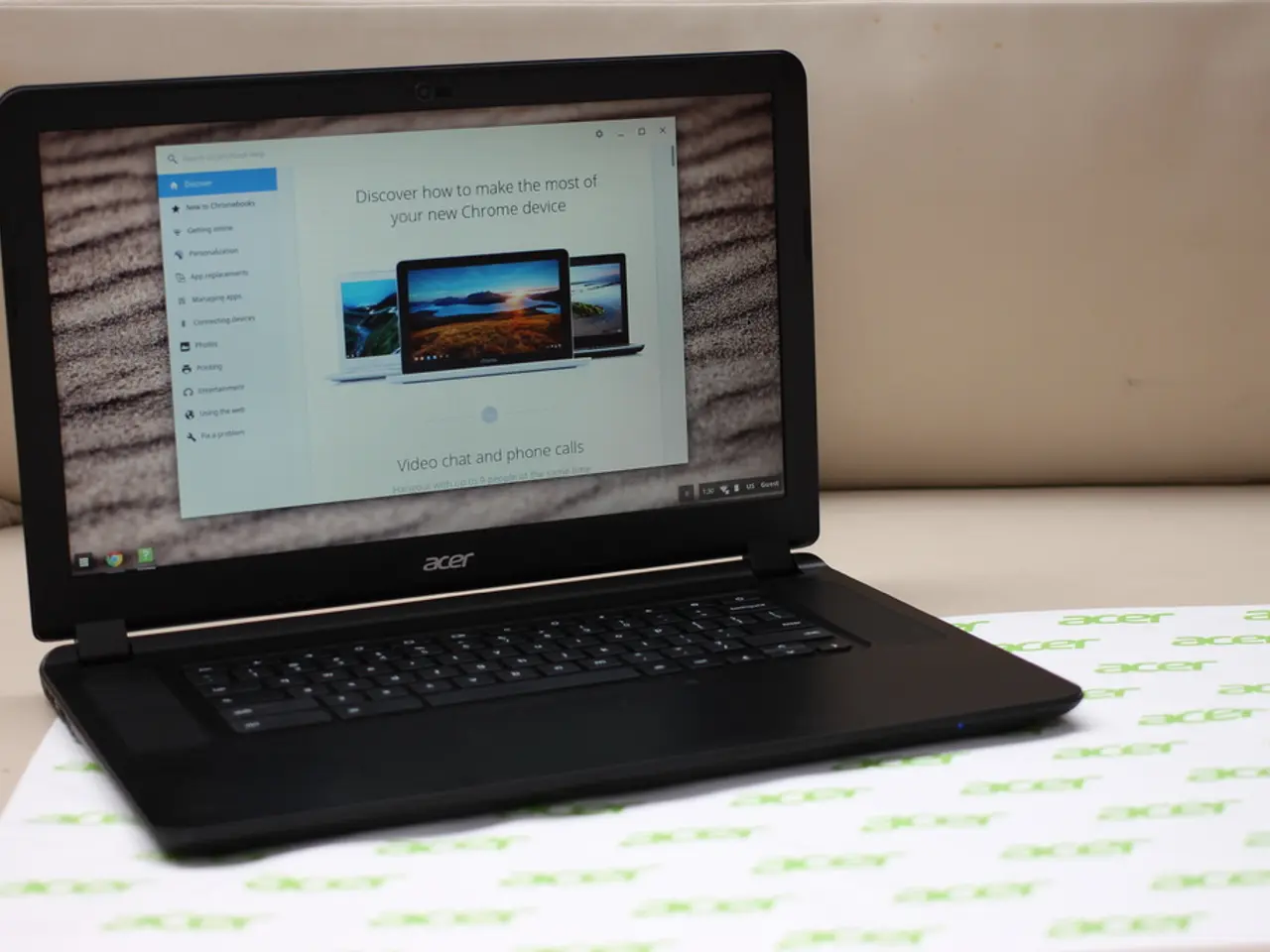Impact Ripples: Slowing Down of U.S. EV Market and the Imminent Future of ICE Service Companies
The Trump administration's policy changes have introduced regulatory headwinds that could slow down the adoption of electric vehicles (EVs) in the United States. By proposing to rescind key Environmental Protection Agency (EPA) findings and standards that previously incentivized lower emissions and higher fuel efficiency, these policies have removed some regulatory incentives for automakers to focus on EVs, potentially increasing costs and limiting EV market growth in the near term.
Despite these regulatory rollbacks, market trends driven by consumer demand, falling EV costs, and state-level policies continue to support the shift to electric vehicles. The EPA’s 2025 proposal to weaken emissions limits contrasts with ongoing industry investments and state initiatives that encourage cleaner vehicle adoption. Therefore, while Trump-era policies have created obstacles, the momentum behind EV adoption remains strong from other factors.
The U.S. automotive industry's reliance on internal combustion engine (ICE) vehicles could prolong due to the current policy direction. In contrast, phased bans on new ICE sales and purchase incentives are compressing the adoption timeline in Europe. The actions taken by the administration are expected to raise prices and reduce consumer incentives for EVs, leading to a slowdown in the S-curve of EV adoption. As a result, the United States faces a delay in reaching key tipping points in the transition away from ICE.
This focus on domestic ICE sales by U.S. manufacturers will lead to falling behind competitors in regions where EV adoption is accelerating, such as China, where national policy strongly supports EVs. U.S. manufacturers will cede leadership in battery technology, supply chain integration, and high-volume electric production to foreign rivals.
On the other hand, the secondary service sector in Europe is adapting faster, with growing numbers of EV-specialized repair facilities and declining numbers of ICE-focused shops. This adaptability could provide an advantage for European manufacturers and service providers in the long run.
In the coming years, the potential future effects include slower regulatory-driven EV adoption, increased reliance on state policies and market forces, potential regulatory uncertainty, and political influence on energy and transportation sectors. Regulatory certainty remains a critical factor for sustained investment and innovation in electric vehicles.
However, a supportive federal stance after 2028 could reignite momentum and close the gap with other major markets. The national charging infrastructure program, which was shut down during the Trump administration, could be reinstated to further support EV adoption. The timeline to reach critical tipping points in the U.S. EV transition is now more dependent on the political cycle, but the electric vehicle transition in the United States is still inevitable over the long term.
References:
[1] Union of Concerned Scientists. (2020). Trump Administration's Final Rule Rolls Back Clean Car Standards. Retrieved from https://www.ucsusa.org/resources/trump-administration-final-rule-rolls-back-clean-car-standards
[2] National Resources Defense Council. (2020). Trump Administration Finalizes Rollback of Clean Car Standards. Retrieved from https://www.nrdc.org/experts/jennifer-mccann/trump-administration-finalizes-rollback-clean-car-standards
[3] Geller, J. (2020). Trump Administration Finalizes Rollback of Fuel Economy Standards. Retrieved from https://www.nytimes.com/2020/04/01/climate/trump-rollback-fuel-economy-standards.html
[4] Energy Innovation and Policy Institute. (2020). Trump Administration's Final Rule to Weaken Automotive Emissions Standards. Retrieved from https://energypolicy.org/2020/04/01/trump-administrations-final-rule-to-weaken-automotive-emissions-standards/
- The newsletter highlights the impact of the Trump administration's charging-related policies on electric vehicles, detailing potential increases in costs and limits on market growth.
- Despite regulatory headwinds, investments in battery tech and state-level policies, such as phased bans on new internal combustion engine sales, continue to drive the industry towards electric vehicles.
- The podcast discussed the potential consequences of the Trump administration's policy changes, including a slower S-curve of EV adoption due to reduced consumer incentives and increased prices.
- Innovation in the technology sector, particularly in battery tech, is critical for sustained investment and progress in the EV industry, a subject addressed in the general-news article.
- Policymakers must consider the long-term implications of their decisions on the energy sector, as the transition to electric vehicles is an inevitable part of the industry's future, as outlined in the policy analysis.
- In the landscape of the energy and transportation sectors, political influence plays a significant role in shaping the regulatory landscape, making regulatory certainty crucial for the adoption of electric vehicles and the overall growth of the EV industry, as evidenced by several industry reports.




